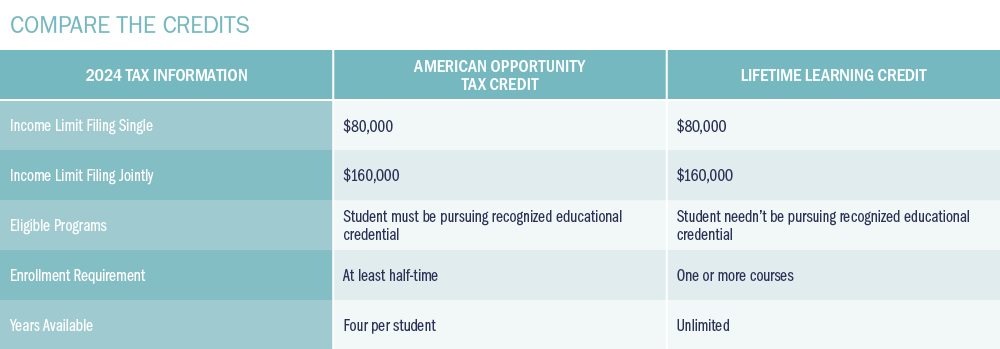SUBSCRIBE
Enter your Name and Email address to get
the tax guide delivered to your inbox.
Please include name of person that directed you to my online tax guide so I can thank them personally.

Section 529 Plans
Essentially, a 529 plan allows you to invest money with tax-deferred earnings for a child’s higher education. When the time comes, you can make tax-free withdrawals to pay qualified college expenses, such as tuition, room and board, required fees, books, supplies, and computers, for the student.
Also, up to $10,000 (lifetime limit per beneficiary) from these plans to pay qualified student loans of the beneficiary and any siblings. You can also use 529 plans to pay qualified apprenticeship program costs. The U.S. Department of Labor must register and certify the apprenticeship program. Additionally, qualified 529 plan distributions of up to $10,000 annually may be used to pay some K-12 educational costs, such as tuition, books, fees, and computers, if your state allows.

The utility of using these accounts to fund college costs is questionable because assets are transferred to beneficiaries at the age of majority in their states when they can spend them in whatever way they want. Custodial account assets can also negatively impact potential financial aid for college because students are expected to contribute a greater percentage of assets than parents.
Student loan holders who qualify by income may also deduct up to $2,500 from their AGI in qualified education loan interest. This deduction phases out between a MAGI of $85,000—$95,000 for individuals and $165,000—$195,000 for married taxpayers filing jointly. Parents who help a child pay loans generally can’t take the write-off. But if the child meets the MAGI qualifications and isn’t eligible to be claimed as a dependent, they may claim the interest deduction.
Also, if your employer offers a qualified educational assistance program, you may be able to use it to pay down up to $5,250 this year with the benefits excluded from your wages for income-tax purposes.
Enter your Name and Email address to get
the tax guide delivered to your inbox.
Please include name of person that directed you to my online tax guide so I can thank them personally.
Enter your Name, Email Address and a short message. We'll respond to you as soon as possible.
Ronald L Tharp, PC and LTM Marketing Solutions, LLC are unrelated companies. This publication was prepared for the publication’s provider by LTM Marketing Solutions, LLC, an unrelated third party. Articles are not written or produced by the named representative.
The information and opinions contained in this web site are obtained from sources believed to be reliable, but their accuracy cannot be guaranteed. The publishers assume no responsibility for errors and omissions or for any damages resulting from the use of the published information. This web site is published with the understanding that it does not render legal, accounting, financial, or other professional advice. Whole or partial reproduction of this web site is forbidden without the written permission of the publisher.